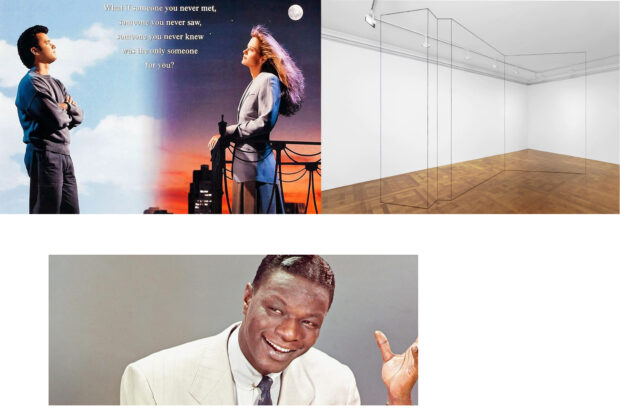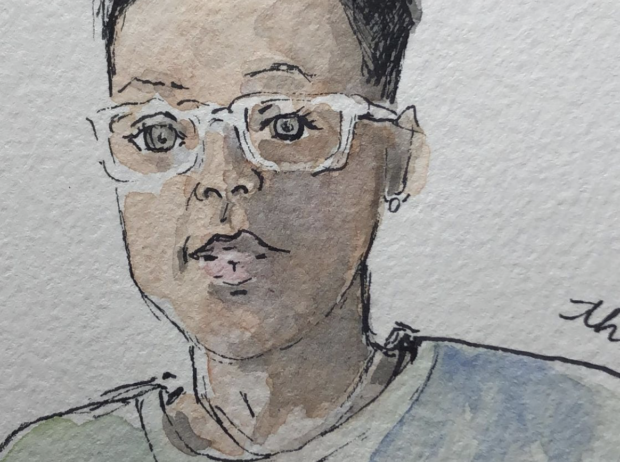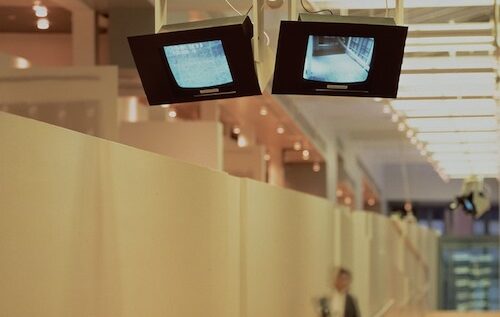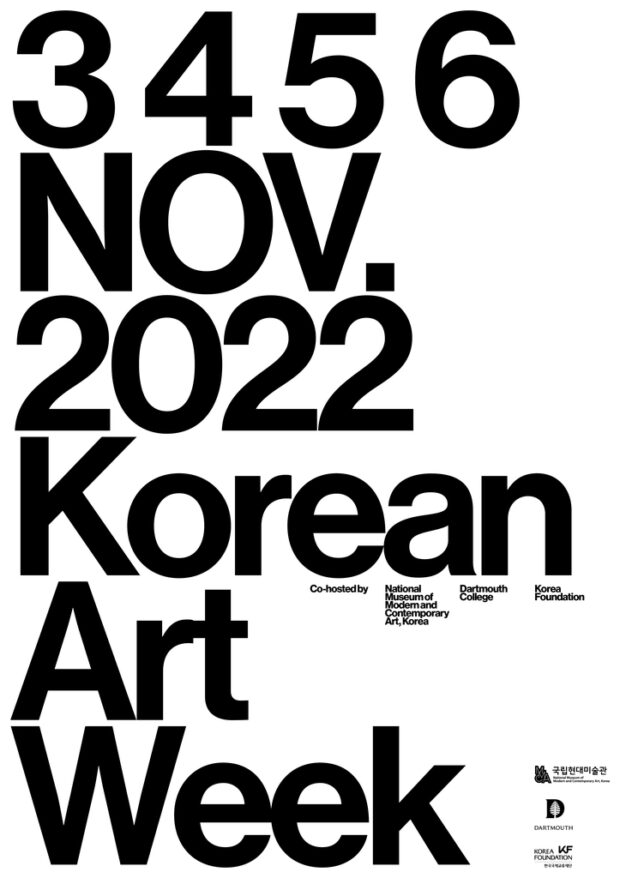Last summer I travelled around the American Southwest in search of Smithson, Heizer, and Holt. This summer MOCA’s “Ends of the Earth” exhibition made me rethink everything I thought I knew about Land art. Here’s why…
It was a tumultuous summer for the Los Angeles Museum of Contemporary Art (MOCA), which became embroiled in controversy following the forced-resignation of highly respected chief curator, Paul Schimmel. Dissent on the board reached a feverous pitch and culminated in the resignation of all four of MOCA’s artist board members: Barbara Kruger, John Baldassari, Ed Ruscha, and Catherine Opie. Director Jeffrey Deitch and billionaire donor and Life Trustee Eli Broad received the brunt of the blame and accompanying criticism, with many decrying the dismissal as an indicator of a new, less intellectually rigorous direction for the museum. Frequently lauded as providing some of the most ambitious and intelligent exhibitions in the country, MOCA now faces charges of descending into a pit of sensationalism and fluff.
In the midst of this drama, MOCA’s Geffen Contemporary featured a show that characterizes the type of exhibitions that have earned MOCA a reputation as a forward-thinking, ambitious institution. Ends of the Earth: Land Art to 1974 presented a groundbreaking, in-depth look at the myths and realities of the Land art movement. Simply presenting a museum exhibition of works typically associated with the outdoors was a provocative move on the part of curators, Philipp Kaiser and Miwon Kwon. The nearly 200 works by 100 artists ran the gamut from photos, videos, performance, and drawings, to sculptural installations involving materials such as rocks, dirt, and growing grass. In taking a revisionist stance, the curators re-evaluated four central misconceptions surrounding this specific moment in 20th century art-making, thereby presenting a more nuanced perspective of this fascinating period.

To begin, Ends of the Earth challenged the notion that Earth art was a distinctly and quintessentially American movement. This characterization has been bolstered by the relationship of Earth art to the desert of the American Southwest. While Robert Smithson’s Spiral Jetty (1970) and Michael Heizer’s Double Negative (1969-70), located in Utah and Nevada respectively, are seminal works in the Land art canon, they are by no means representative of the movement as a whole. In reality, the early days of Earth art encompassed artists living, working, and altering landscapes around the world. This international context is particularly well highlighted by the interactive map accompanying the exhibition featured on MOCA’s exhibition website. By clicking on an artwork title near a Google Map-like globe, the screen zooms to a bird’s eye view of the locations of interest. From Micha Ullman’s Messer-Metzer (1972) on the Palestinian-Israeli border to Hreinn Fridfinnsson’s House Project (1974) situated on a lava field in Iceland, the locations are as diverse as their manifestations.

Furthermore, the exhibition questioned the entire proposition of the desert as an isolated, uncultivated landscape, located far outside the parameters of urban life. In post-World War II America, the desert was heavily exploited for scientific, militaristic, and entertainment industry pursuits. Artists such as Adrian Piper readily responded, as evidenced by his Parallel Grid Proposal for Dugway Proving Grounds (1968), made as a reaction to an accidental gas leak caused by a U.S. Army test ninety miles outside Salt Lake City. The perception of the desert as a blank canvas was therefore more of a carefully cultivated utopic fantasy than factual reality. Moreover, many artists worked directly within urban contexts, producing Earth works in city centers. Carlos Ginzburg, for example, created a “hidden aesthetic experience” in the dense city of Buenos Aires by placing giant placards reading “Tierra” in a vacant lot visible only from the ninth floor of a nearby municipal building.

In tandem with uncovering the fallacious romanticizing of the desert, the exhibition sought to overturn the notion that Earth art was anti-establishment and anti-art market. Rather, galleries and patrons played an essential role in developing this art form. To demonstrate this point, two early Land art exhibitions were recreated within Ends of the Earth: Earthworks at Virginia Dwan Gallery, New York in 1968 and Earth Art at the Andrew Dickson White Museum of Art at Cornell University in 1969. Together they illustrate that the relationship between art institutions and Land art was established early and played a pivotal role in promoting these artists. Land art would have never flourished without the support of an art system that commissioned, marketed, and later maintained these works.
Finally, the curators proved that Land art is not just a sculptural medium, but one deeply tied to and informed by media-based art forms. The sheer number of photographs and videos that made up the exhibition were evidence enough of this assertion. Indeed, many of these seemingly documentary objects were originally created as distinct works of art with the intent of being exhibited as such. In addition, the public dissemination of the Earth works imagery played a critical role in aligning this art with popular culture. Peter Hutchinson’s The Paricutin Project (1970) was funded by a major publication, Time Magazine. Time flew Hutchinson to Mexico where he laid 450 pounds of breadcrumbs around the rim of the Mt. Paricutin volcano. In exchange, the magazine garnered exclusive rights to the aerial photographs chronicling the subsequently molding bread. These photos were published in the June 20, 1970 issue of Time, thus deftly disrupting any ideas about Land art being outside mainstream media or cultural channels.

Courtesy of Galerie Bugdahn und Kaimer, Düsseldorf. Image courtesy MOCA.org.
While some may argue that Earth works can only truly be experienced in situ (“art’s answer to Disneyland” quipped Robert Morris), the exhibition made a compelling case that the physical site is just one expression of oftentimes extremely complex projects. This complexity has been recently highlighted with the obstacles and controversies surrounding Christo’s Over the River project for the Arkansas River in Colorado. This September a judge put the project on hold following legal challenges by an environmental activist group. In light of these difficulties it was even more impressive to see the wall of papers documenting Christo and Jeanne-Claude’s Australian project, Wrapped Coast – One Million Square Feet (1968-69), in Ends of the Earth. Letters, textile samples, insurance forms, and many other forms of ephemera speak to the sheer force of organizational, administrative, and diplomatic effort required to pull off these feats of artistic landscape transformation.

Collection of Christo. Image courtesy MOCA.org.
Ultimately, Ends of the Earth succeeded because it revealed the complexity of the Land art movement throughout the 1960s to 1974. For every work that epitomizes the conventional brash, bold, masculine notions about Earth works, there is one that draws its power from extreme subtly and delicate inventiveness. The exhibition pushed against ideas long accepted as fact to present alternative views of art history that are complicated, nuanced, and at times, messy. These are the types of shows that propel our understanding of art and the ways we think about art into new territories. While the loss of Paul Schimmel may signal a new era for MOCA, one can only hope that the museum’s dedication to bringing such insightful exhibitions to the public continues to endure.











[…] This post originally appeared on the Contemporary Art Consortium @ the IFA. […]